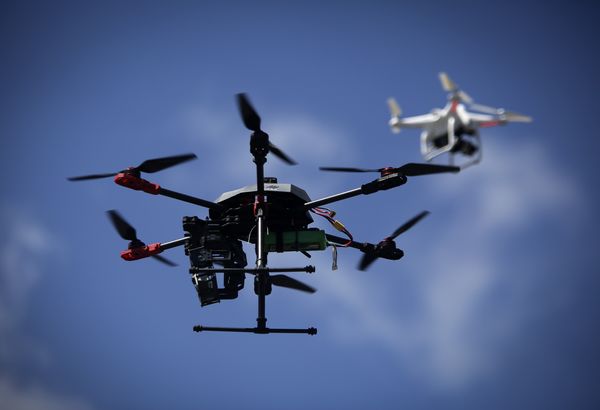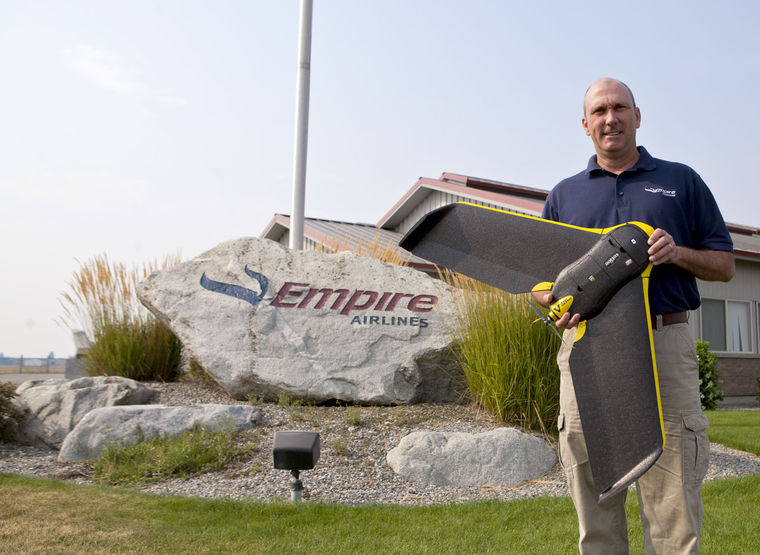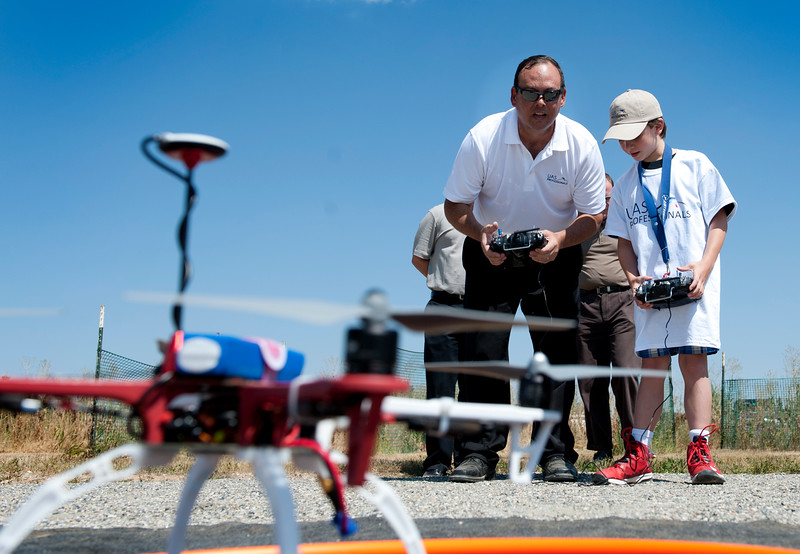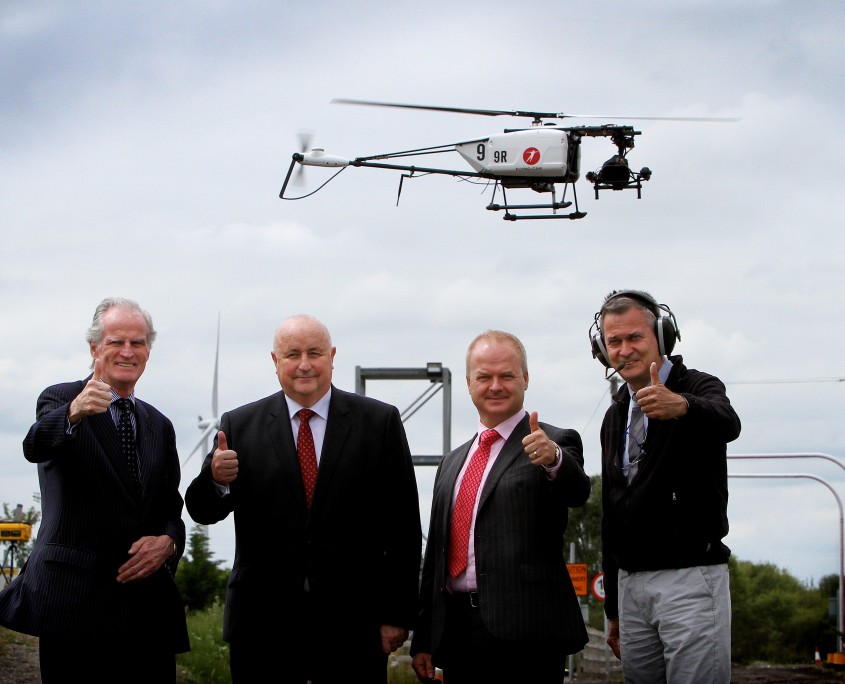
This area is causing all sorts of confusion for individuals. How close can you get to people? When can I get within 500ft of a person? Can I fly at a concert or football game? Can I fly over people?
Here is a quote from the exemption from one of my closed-set 333 clients.
“26. All Flight operations must be conducted at least 500 feet from all nonparticipating persons, vessels, vehicles, and structures unless:
a. Barriers or structures are present that sufficiently protect nonparticipating persons from the UA and/or debris in the event of an accident. The operator must ensure that nonparticipating persons remain under such protection. If a situation arises where nonparticipating persons leave such protection and are within 500 feet of the UA, flight operations must cease immediately in a manner ensuring the safety of nonparticipating persons; and
b. The owner/controller of any vessels, vehicles or structures has granted permission for operating closer to those objects and the PIC has made a safety assessment of the risk of operating closer to those objects and determined that it does not present an undue hazard.
The PIC, VO, operator trainees or essential persons are not considered nonparticipating persons under this exemption.”
The exemption does not indicate if this is a slant angle 500ft bubble or a 500ft ground circle. Functionally, there isn’t much of a difference here. If you look at the graph I created, at 200 ft (the max height for a blanket COA), the closest ground distance would be 458.3 ft. There is a 41.7 foot difference in interpretation. The two different interpretations only start mattering once you can start operating above the blanket COA.
The 500ft bubble is a pretty big bubble. Here is a graph of a 500ft slant angle bubble.
This bubble is going to prevent many urban and “in town” operations; however, later in the exemption’s conditions and limitations only applicable to operations for the purpose of closed-set motion picture and television filming and production, it says:
“31. Flight operations may be conducted closer than 500 feet from participating persons consenting to be involved and necessary for the filming production, as specified in the exemption holder’s MPTOM.”
Mere aerial data collection operations do NOT have these conditions. Closed-set acts like an “upgraded” version of aerial data collection.
So then who is a participating individual?
The FAA defines Participating Person/Authorized Person as, “All persons associated with the filming production must be briefed on the potential risk of the proposed flight operation(s) and they must acknowledge and accept those risks.Nonparticipating persons are the public, spectators, media, etc., not associated with the filming production.”
The only way you are going to get within 500ft is if the people are participating people, you are cleared for closed-set operations, and you are abiding by your motion picture manual.










